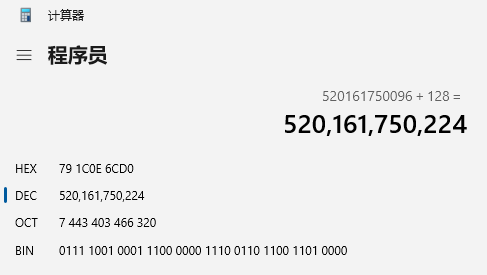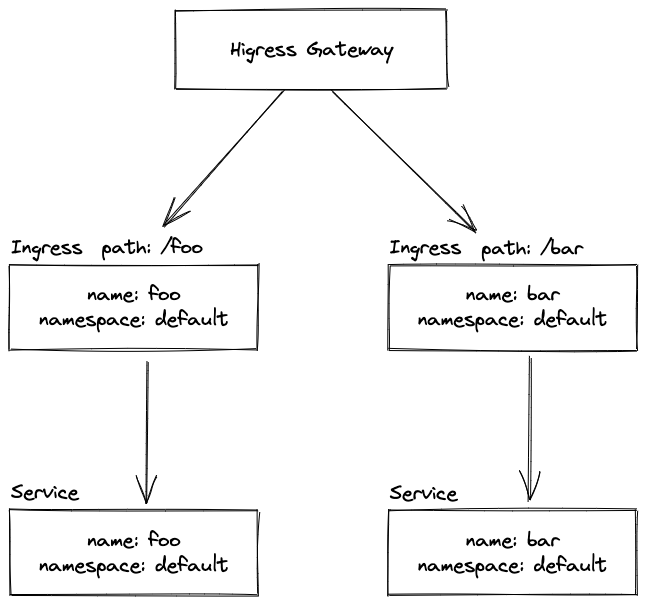首先说下 () 调用、call()调用、apply()调用 三种方式的区别:
区别就是 call 、 apply 可以改变this指向(执行上下文),别的和直接调用没区别
1. 直接调用
function foo(a, b) {
return a + b;
}
console.log(window.fn(1, 1)) // 2
我们可以把JS中window对象的方法的“window.”省略掉,写成这样:
console.log(fn(1, 1)) // 2
2. 在对象方法里调用
var foo = {
name: "lokka",
age: "18",
message: function() {
return this.name + this.age;
}
}
console.log(foo.message()) // lokka18
3. 使用构造函数调用函数
function foo(a, b) {
this.name = a;
this.age = b;
}
var client = new foo("lokka", "18");
console.log(client.name + client.age) // lokka18
4. 作为函数方法(call、apply)调用函数
var a = {
name: "动物园",
}
var b = {
name: "植物园",
message: function(a) {
return this.name + a;
}
}
console.log(b.message('玫瑰')) // 植物园玫瑰
console.log(b.message.call(a, '熊猫')) // 动物园熊猫
console.log(b.message.apply(a, ['老虎'])) // 动物园老虎

![[NodeJS] timers阶段的源码解析](https://blog.xiaobaicai.fun/wp-content/themes/xiaolin/img/default_thumb.png)




















